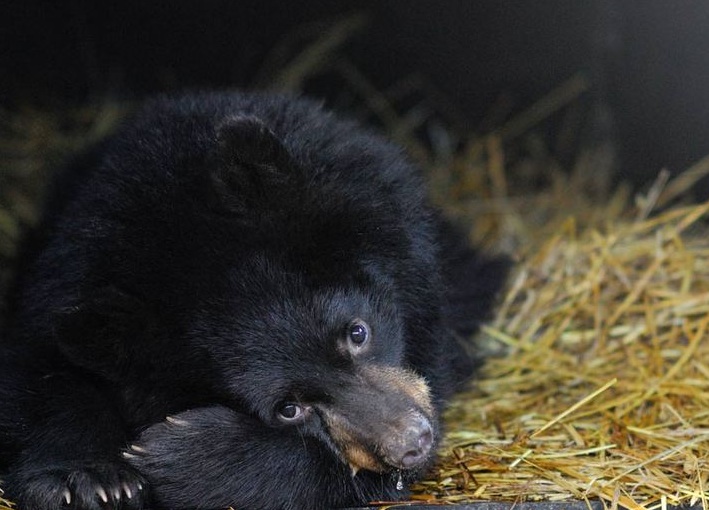Science News
Bio-Inspiration from AAAS
February 22, 2011

At Science Today, we love bio-inspiration stories-- where engineers and biologists work together to determine how nature works and how humans can mimic natural systems in technology.
The AAAS Meeting in Washington, DC last week was bursting with ideas for bio-inspiration—here is a selection of them.
If Termites Can Do It, Why Can’t We?
Lakshmi Reddi, an engineer at the University of Central Florida, believes that if termites can build soil towers that maintain a constant temperature of 85 degrees Fahrenheit, we should be able to design more energy efficient buildings. Similarly, he discussed the thermoregulating properties of animal and human skin—maintaining a constant temperature within our bodies despite outside temperatures. Just looking at a teeny part—the human fingertip—scientists are able to see how “the blood flows and adjusts velocity in response to ambient temperatures,” according to Reddi. He believes this can also be applied to more efficient and sustainable building design.
Adaptive Plants
Kon-Well Wang of the University of Michigan is working with biologists to learn from plants. Plant cells are remarkable at adapting and self-healing—basically morphing as their environment demands. The research is still very basic, but Wang believes his team could build structures that do the same thing—“designed to twist, bend, stiffen and even heal themselves,” from a press release. He sees potential applications in aircraft wings (morphing and flexible like bird wings) and morphing robots.
Hair-like Sensors
Chang Liu of Northwestern University is looking at biological hair sensors. Not the hair on your head, but the hair in your ears that helps you hear, the hair on the backs of cockroaches and on the legs of spiders that help them detect movement and the hair on fish that allow them to sense water flowing around them. Liu believes that he could build better, cheaper sensors for biomedical applications or underwater vehicles. More info on his research can be found here.
Bear Metabolic Suppression
Finally, researchers in Alaska made startling discoveries when observing black bears hibernate in a lab in Alaska. The bears’ heart rates slowed, their breathing reduced to one to two times per minute, their body temperature decreased only slightly and they lost no muscle or bone mass despite the fact they were asleep for five to six months on end. What if humans could hibernate like this? Craig Heller, one of the authors of the paper in Science told NPR:
...for people bedridden for long periods, or who are contemplating a long space voyage such as going to Mars and back, figuring out how to make a human more like a hibernating bear would have some advantages.
Image: Øivind Tøien/Institute of Arctic Biology/University of Alaska, Fairbanks